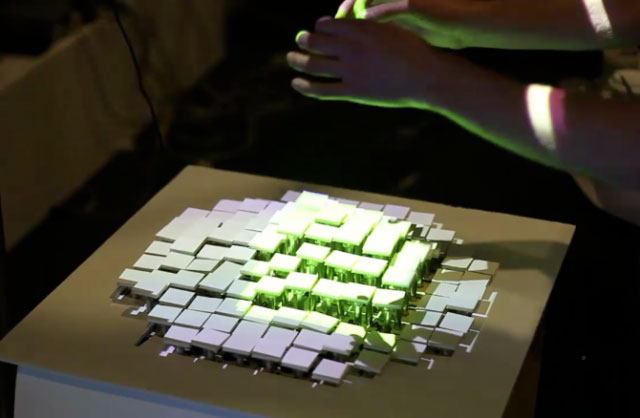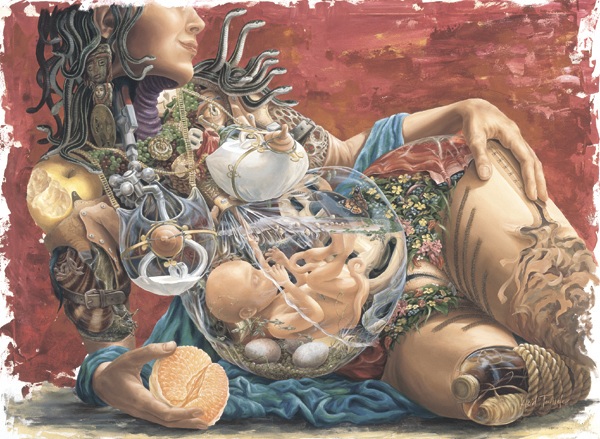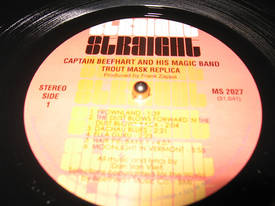Let us now praise infamous alchemists: "

The George Sarton Memorial Lecture—an annual presentation on the history of science, which takes place as part of the AAAS meeting—is rapidly becoming one of my absolute favorite lecture series. (C'mon, we all have a list of favorite lecture series, right?) In 2010, the Sarton Lecture introduced me to the story of how scientists came to use the concept of averages—remaking science from an art, into, well, a science.
In 2011, the topic was alchemy. According to speaker Lawrence Principe of Johns Hopkins University, alchemy has an unfairly bad rep. Sure, turning lead into gold is a pipe dream. But alchemists weren't the total nutters they're often made out to be. Instead, while their theories were often silly, the work of alchemists still managed to be very important and influential, forming the backbone of several major fields of science. These guys were were wrong, the Economist writes, but wrong in interesting ways.
The real problem with alchemy ... was that it was not sceptical enough. Alchemical theories were not stupid. For instance, lead ore often contains silver and silver ore often contains gold, so the idea that lead 'ripens' into silver, and silver into gold, is certainly worth entertaining. The alchemists also discovered some elements, such as phosphorous. But in the end, too many alchemists would not let go of their theories, even as knowledge advanced.
To illustrate how alchemists were thus bamboozled, Dr Principe conducted an alchemical experiment using the notebooks of George Starkey, an alchemist who was born in Bermuda, educated in Massachusetts and then lived in England, where he worked alongside Boyle. The experiment which Dr Principe reconstructed showed just how alchemists might truly have believed they were thinking the right way about the transmutation of metals.
Following Starkey's recipe, a formula that took weeks to prepare, Dr Principe made what Starkey had believed was philosophical mercury--a crucial ingredient of the Philosopher's Stone that would ripen lead into gold. Alchemical theory was rife with botanical analogies of ripening, growth and seeding. When Dr Principe prepared philosophical mercury (actually an amalgam of mercury, gold and a small amount of antimony) according to Starkey's instructions, a strange thing happened. As it solidified, it grew into a treelike structure. For someone primed by his theory to see transmutation as akin to a biological process, this must have been a wonderful confirmation that he was on the right line, and that the Philosopher's Stone was just around the corner.
It was not, of course.
There's more great insight on alchemy—and its connection to neuroscience—on Carl Zimmer's blog, The Loom.




"








